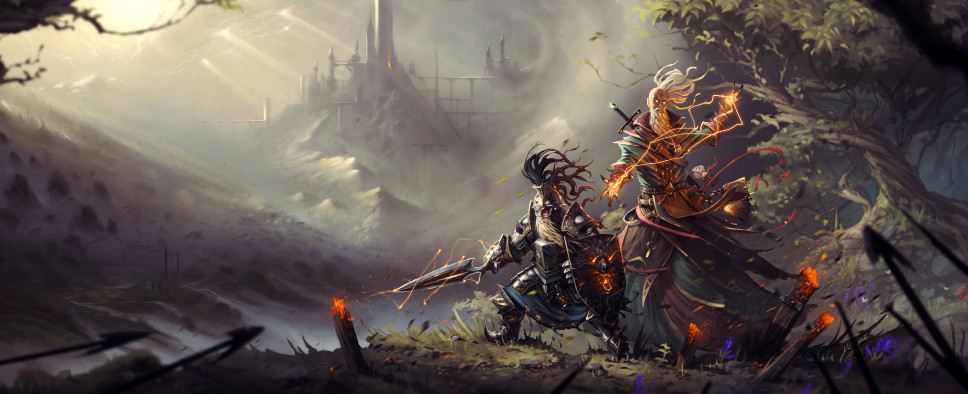Divinity: Original Sin II Interview on Mod Tools
-
Category: News ArchiveHits: 1848

Larian Studios' Kevin Van Nerum has talked to Rock, Paper, Shotgun about the mod tools for Larian's recently released RPG Divinity: Original Sin II. If you're curious in how modding in Original Sin II works, what makes it a good starting point for people new to modding, and which, already available, mods for the game the developers like the most, you might want to check that interview out. An excerpt:
RPS: What features have you added to the modding tools since Divinity: Original Sin 1?
Kevin: Where to start… I think the most important feature is the new concept of “Adventures” and “Add-ons” and how it allows for plug-and-play modding. In DOS1, you could create a mod and then make that the main mod for the game after which you needed to start a new game. This would be the case for new stories, but also just for adding a new sword. Enabling multiple mods at the same time also became really difficult that way.
Now, a new game is only required for an “Adventure”. This is when someone makes a completely new story, replacing our DOS2 story adventure. Everything that can be treated as an addition to an adventure (ours or your own) is an “Add-on”. And these are plug-and-play. Add-ons containing quests, items, classes… can be turned on/off on the fly in an existing game and when enabling multiple add-ons, their content is nicely merged together according to their load order, as people have grown accustomed to from other big modding scenes such as Skyrim or XCOM2.
We’ve worked on the toolset itself too, of course. The Divinity Engine 2 had a big overhaul. Next to new tools, we updated many of the existing tools with more focus on usability. A good example would be our updated project/level browser that simplifies the creation of projects and levels and provides some basic level templates to start from. We’re also putting more focus on documentation this time around by being more descriptive in the toolset, being closer to our community on the forums and by providing a full wiki with both technical documentation as well as step-by-step guides to creating custom content for the different aspects of the game.
[...]
RPS: What makes DOS2 a good place for people who are new to modding to start?
Kevin: Because, barring a rare exception or two (intricate things such as creating completely new races), everything is moddable in the editor itself. We provide the full toolset used in-house for creating the content you see in DOS2, with added support for modding existing content. That also means you get all the existing DOS2 content. All assets and all levels for the existing game can be examined and re-used in custom mods. Especially looking through the existing levels provides a wealth of knowledge on game/level design, scripting…
That being said, I’m not going to pretend this is the easiest toolset out there. It’s the in-house tool, so while it is vastly powerful, it can also be lacking in terms of wizards or other stepwise creation helpers. We’re happy to have made vast improvements on that front, compared to DOS1. As our first video tutorial showed, level designing is something you start doing rather easily. But the learning curve gets naturally steeper when you try your hand on more intricate things such as scripting your own story, which is why we try our best to provide wiki and video tutorials to ease people in.
Just always keep in mind that this is the tool we use ourselves. Just like the modders now, I also learning by playing around in it. One difference from the first game is that we now have a very active and friendly forum community that can answer a lot of questions. I really want to stress how impressed I am by the enthusiasm and kindness of those people. It’s great to see people having enough interest in your game to make custom content, but it’s even greater to see those people span together and help each other out by answering questions, creating guides, discussing possible improvements…

